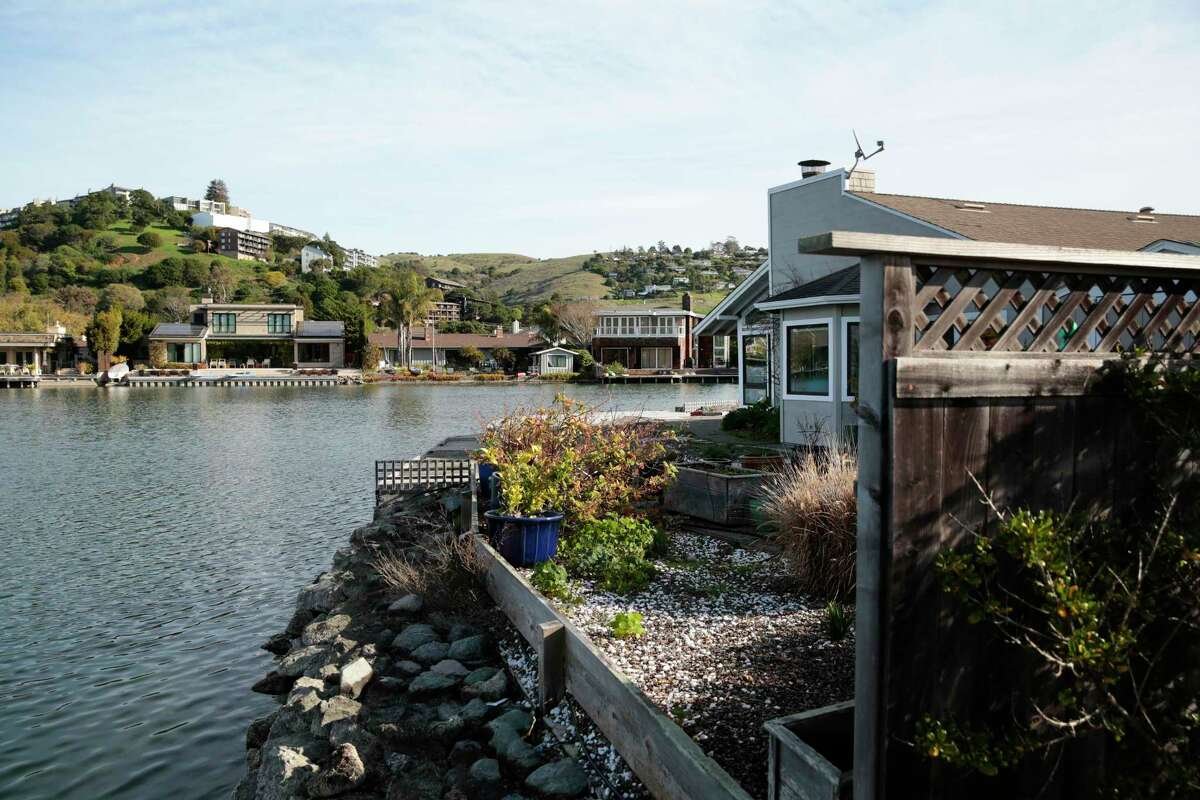Affluent Bay Area city approves largest housing development in decades
The Mallard Pointe neighborhood in Belvedere, Calif., has fought the advancement of a plan to build 40 new housing units in the area. But, the City Council approved the plan Monday night.
Ramin Rahimian / Special to The Chronicle
J.K. Dineen, SF Chronicle | January 23, 2024
Over the past few years Sacramento’s crackdown on cities that use California’s famously rigorous environmental protection laws to block infill housing has upended land use politics across the state.
Monday night, the new political reality played out in one of Marin County’s most affluent and insular towns: the seaside bastion of Belvedere.
After five hours of debate — and a three-year fight over a project so small that it would barely register in most communities — the council voted 3-1 to reject an effort to delay a contentious 40-unit project on Mallard Pointe lagoon, setting the stage for the construction of the city’s biggest housing development in decades.
The vote, which overturned a 7-0 Planning Commission ruling last fall, ended a three-year land use battle that had pitted the developer, an affiliate of Thompson Dorfman LLC, against Belvedere Residents for Intelligent Growth, a nonprofit formed to fight the housing.
“We were incredibly pleased by the City Council’s decision to uphold our appeal last night,” said developer Bruce Dorfman. “The council was very knowledgeable, articulate, and thoughtful about our project, housing laws and (the California Environmental Quality Act.)”
Dorfman said he hopes to have the design approved by May and start construction next year.
While 80% of the residents who spoke at the hearing Monday sought to delay or kill the housing development, council members were up against a slew of state laws that have made it increasingly tough to block residential building.
A view of homes across the Belvedere Lagoon from the Mallard Pointe neighborhood, right, in the Marin County town of Belvedere is the scene of a new housing project that will add 40 units to the area. Ramin Rahimian/Special to The Chronicle

